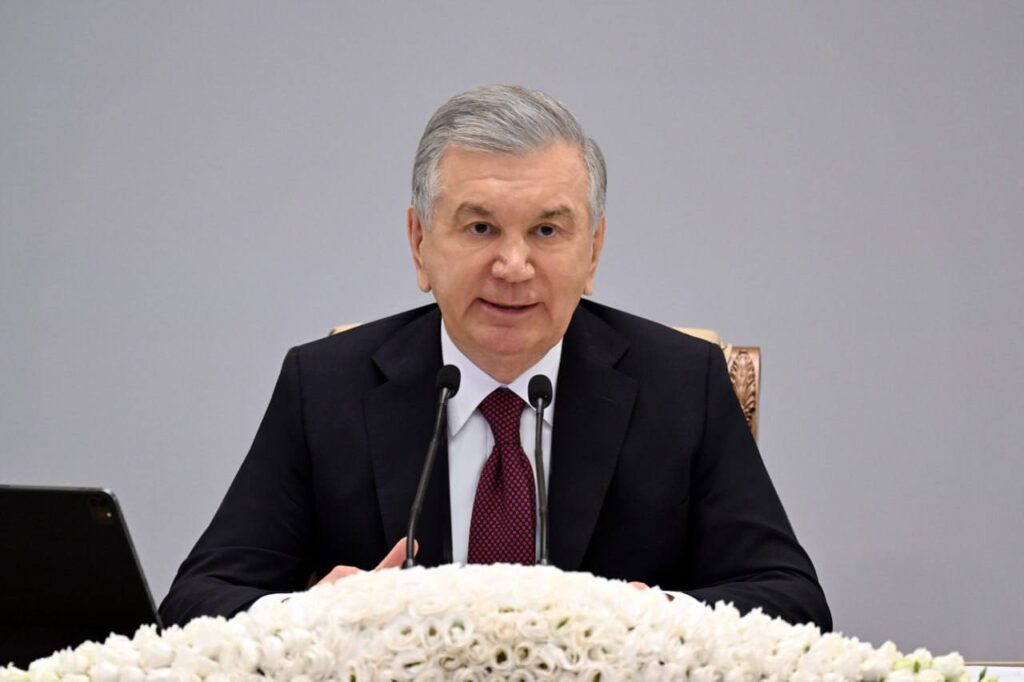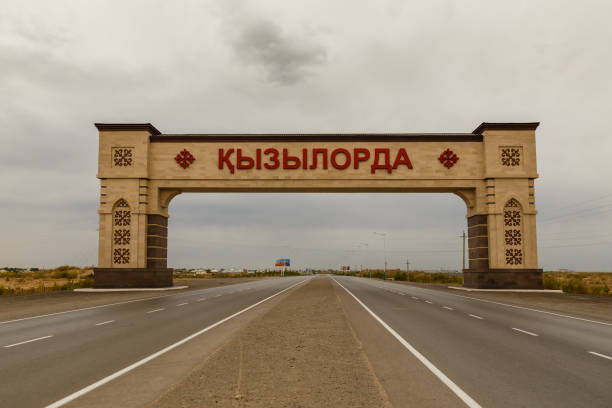Trump Confirms New U.S. Tariffs on Kazakhstan Starting August 1
Starting August 1, 2025, the United States will impose a 25 percent customs duty on exports from Kazakhstan. The decision was announced by U.S. Secretary of Commerce Wilbur Ross and later confirmed in an official letter from President Donald Trump to Kazakh President Kassym-Jomart Tokayev. The move has prompted mixed reactions, although analysts say the actual economic impact is likely to be limited. Tariffs and Diplomacy In a letter published on Truth Social, President Trump stated that the United States was “forced to correct years of distortions caused by Kazakhstan’s tariff and non-tariff policies.” He added that the 25 percent tariff remains “significantly less than what is needed” to address the ongoing trade imbalance between the two countries. Commerce Secretary Wilbur Ross clarified that the tariffs were originally scheduled to take effect on July 9 but have been postponed to August 1. Official notifications are already being sent to affected countries, with Kazakhstan’s notice scheduled for delivery on July 7 at 12 p.m. Eastern Time. President Trump also outlined a possible exemption: Kazakhstani companies that relocate production to the United States would not be subject to the new tariffs. Impact on Kazakhstan Earlier this year, Washington announced a 27% tariff on Kazakhstani goods, which was quickly suspended for 90 days pending negotiations. The revised 25% duty now stands as the highest imposed on any Central Asian country. Despite this, Kazakh political analyst Gaziz Abishev points out that the overwhelming majority of Kazakhstan’s exports to the U.S., including oil, uranium, ferroalloys, and silver, are excluded from the new measures. “These commodities represent more than 95% of total shipments and are included in the list of exemptions,” he said. As a result, the tariffs are unlikely to significantly impact trade volumes or foreign investment. Economist Eldar Shamsutdinov added that similar letters were sent to other nations, including Vietnam (40%), Malaysia (25%), Myanmar (40%), and South Africa (30%), framing the move as a continuation of existing trade policy rather than a new set of sanctions. Geopolitical Context The tariffs are part of a sweeping review of trade agreements under Trump’s administration. In April 2025, tariffs were applied to goods from 185 countries, and formal notices began rolling out in July. The administration has prioritized correcting what it deems “unfair trade imbalances.” In 2024, Kazakhstan exported $2.3 billion worth of goods to the U.S., while U.S. exports to Kazakhstan totaled $1.1 billion. Trump has cited this trade deficit as justification for the increased duties. Countries receiving similar letters include Japan, South Korea, Laos, Serbia, Tunisia, Bangladesh, and Indonesia, with tariffs reaching as high as 40%, underscoring the strategic and systematic nature of the U.S. policy shift. Kazakhstan’s Response Kazakhstan’s Ministry of Trade and Integration has announced plans to issue an official response but ruled out reciprocal measures. “In connection with the introduction of a 25% duty on goods from Kazakhstan by the U.S., the Ministry of Trade and Integration is preparing an official response. There is no question of retaliatory measures,” the ministry stated....






